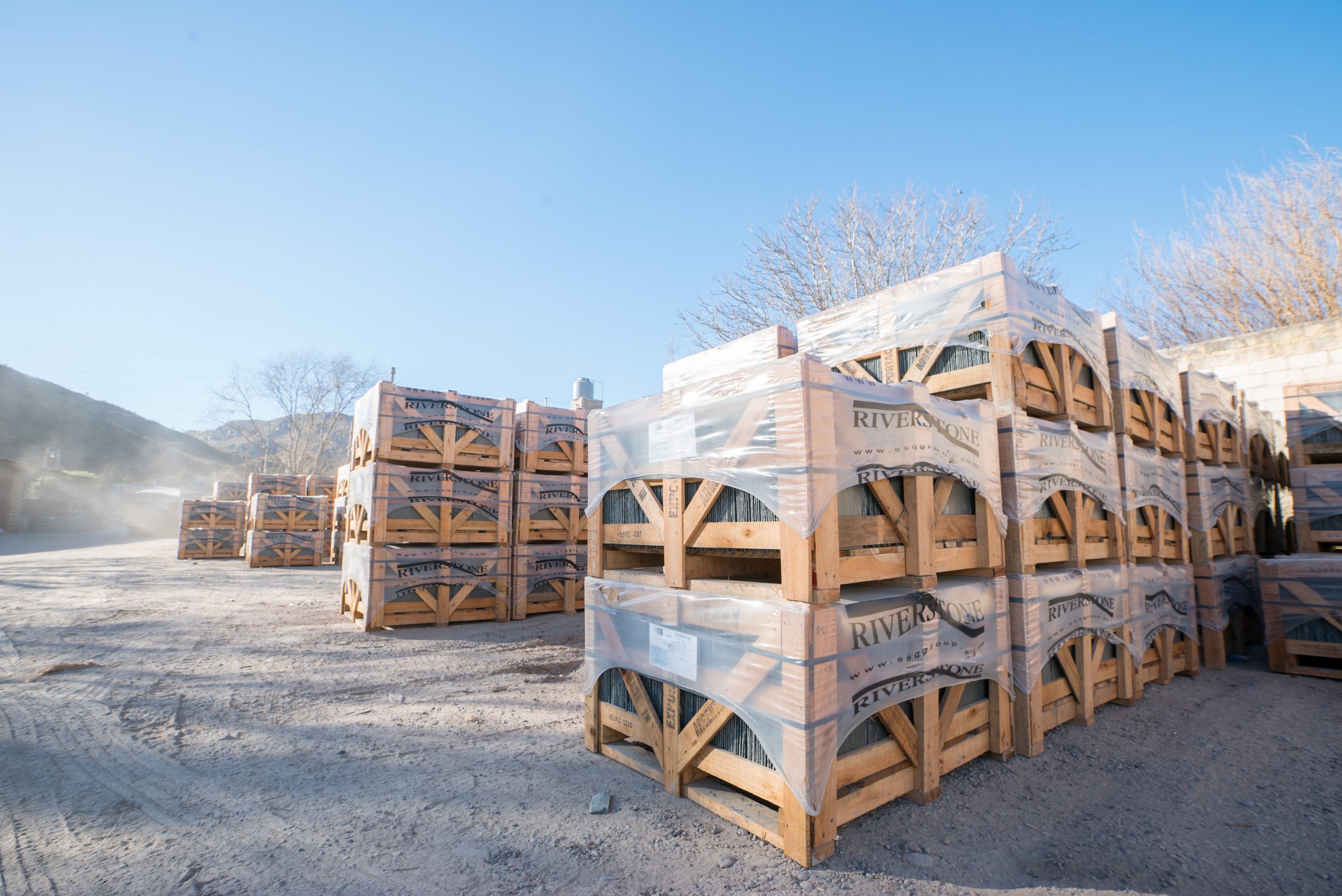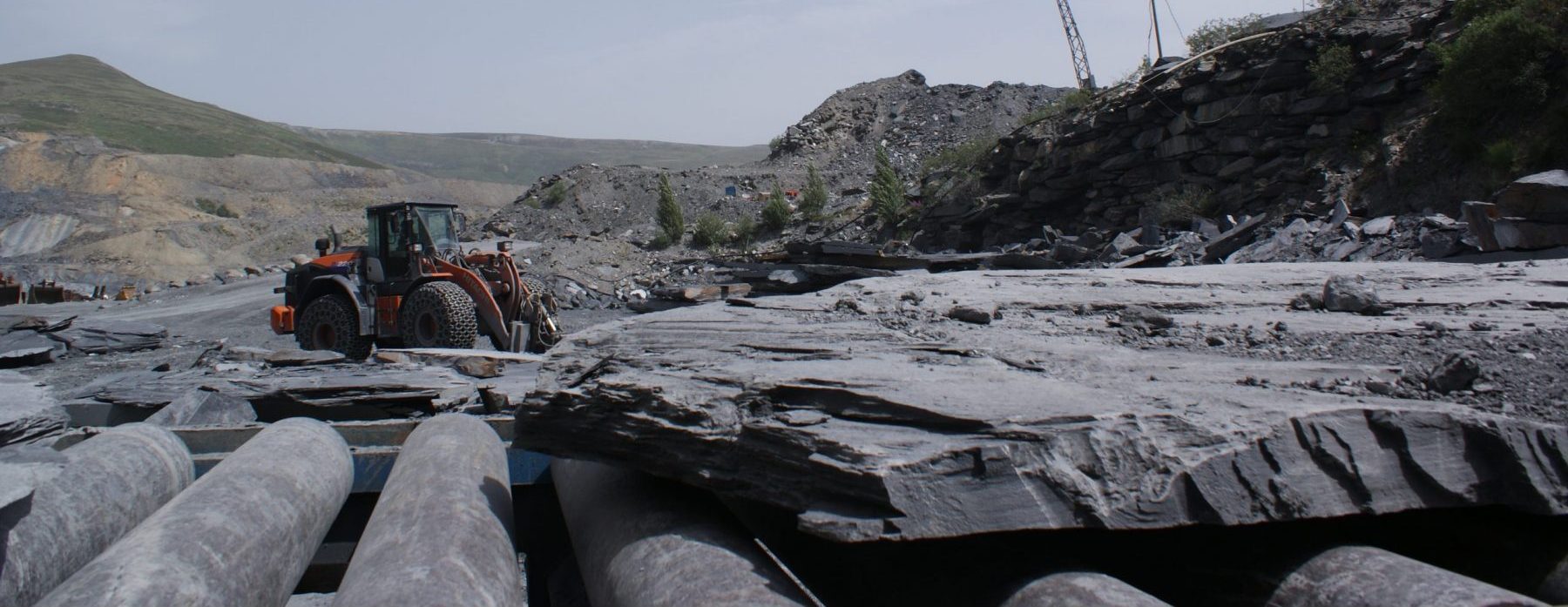We’ve been quite smug at SSQ quite recently. The long awaited new Construction Products Regulation (CPR) came into force on the 1st of July, and this means that specifiers can choose natural slate on the basis of what’s actually in the crate, rather than what they are told is in the crate.
EVERY SINGLE TIME.
Let me explain.
In the UK in recent years, incorrect application of natural slate has led to a catalogue of avoidable roofing failures. These have been caused at best by ignorance and at worst by rogue operators misleading their customers deliberately.
This has caused damage to the reputation of natural slate and by consequence companies supplying the most (in our humble opinion) aesthetically pleasing, durable and effective roofing material available anywhere.
For a company dedicated solely to natural slate, it is simply not an option to supply customers with products that don’t live up to their initial billing. It is why, since the introduction of the BS EN 12326 standard in 2004, it has been company policy for all our natural slates to be CE marked.
We are delighted that by stipulating that all companies must use the CE mark, the bar is being forcibly raised across the entire industry.
Before we look at how this is being done, it is incredibly important to emphasise that slate tested to the BS EN 12326 cannot tell us particular qualities of a slate. However, the information provided from the BS EN 12326 standard – which allows the material in question to qualify for the CE mark – can give us an invaluable guide to key aspects of the product, and therefore the performance we can expect from it.
Here’s an easy guide. When looking at the numerous data under the now mandatory CE mark, we recommend looking for the following as a minimum:
- The CE marking. It’s now legally required.
- A carbonate content of less than 3% – the lower the better
- Water absorption of A1 and less than 0.6% – again, the lower the better
- Sulpher dioxide score of S1 – avoid S2 and S3 to avoid weathering problems
- Thermal cycling score of T1 – avoid T2 and T3 to avoid rust
Lastly, it’s worth searching out the ultimate proof: case studies of successful use of your chosen slate in the UK.
Now we’ve established what the CE marking can tell us, we can summarise the practical implications of the new Construction Products Regulation, effective 1st of July, as follows:
- Any pallet of slate must now legally state where is comes from. So you can check that two pallets marked with the same brand name really do originate from the same location
- CE certification can make it more straightforward to measure the performance you can expect (use the guide above to gauge simply how your slate will perform)
- You can now demand back up documentation from your supplier – so you, and in turn your customers, can be one hundred per cent certain the slate is what it claims to be
- Importers and distributors of natural slate must assume more responsibility, and must check their manufacturers have done everything that is required of them. Contact details must be clearly visible on all labels and documents associated with the slate
- These documents must be kept for 10 years – and can be requested at any time within this
- Suppliers are now obliged to ensure that their natural slate products continue to conform to the manufacturers’ Declaration of Performance (DoP) after storage and distribution. Stock of average materials that have been left out in the open, for example, may deteriorate and no longer be fit for their original purpose. Beware!
This exciting change in law is great news for everyone authentic about their involvement in natural slate; from the suppliers who want to maintain a reputation for quality, to the end user who can enjoy the beauty of a stunning roof for a lifetime. It introduces unprecedented transparency to the industry, making it incredibly straightforward to make reliable comparisons of one company’s products against another.
At last we have a level playing field.
And we’re very much looking forward to competing on it.


